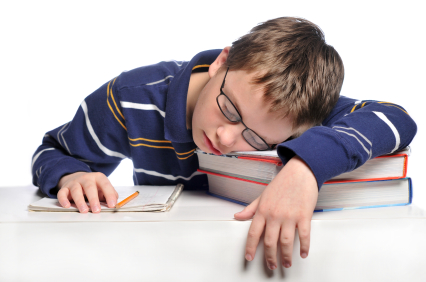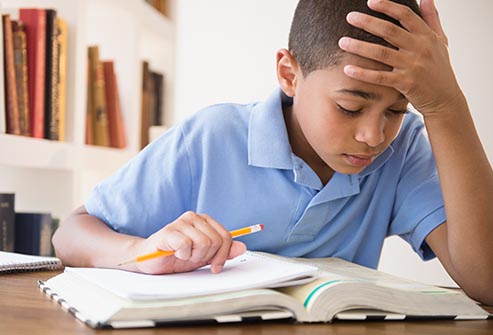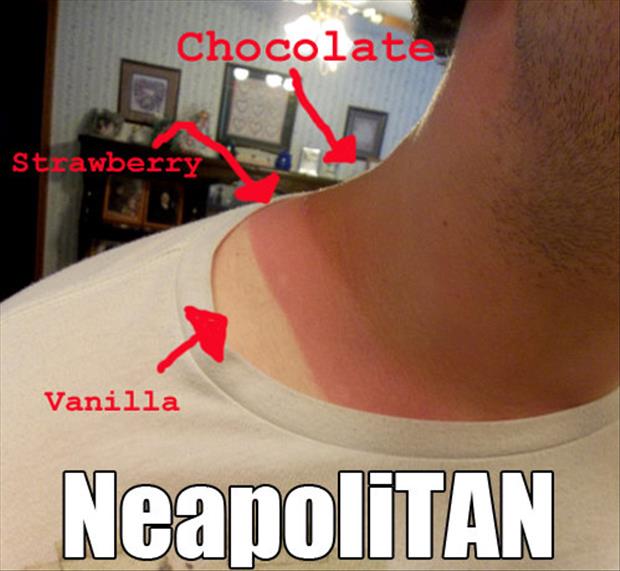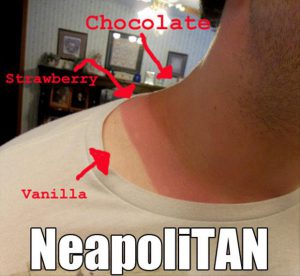by Marie Arick | Feb 14, 2017

Knowing your waist circumference is a simple way to determine if you are at risk for heart disease. A waist circumference larger than 40 inches for men or 35 inches for women deems a person overweight per National Institute of Health (NIH) guidelines.
It is commonly known that being overweight is associated with a barrage of health problems such as heart disease, hypertension, diabetes, and even some cancers. Where those extra pounds are carried is important to note. When those pounds are concentrated around the waist, it “is an indicator of the level of internal fat deposits which coat the heart, kidneys, liver, digestive organs and pancreas” according to the Heart Foundation, versus carrying those extra pounds on your thighs and/or hips.
Waist circumference is a good indicator to utilize. It has been discovered in many cases that Body Mass Index (BMI) can overestimate body fat in certain people with high amounts of muscle mass. According to the NIH, “the good news is even a small weight loss, between 5 and 10 percent of your current weight, will help lower your risk of developing diseases.” Weight loss should be conducted in a healthy manner and incorporate physical activity. The Choose MyPlate website provides free exercise and dietary tracking and great practical information to aid in one’s journey.
The really simple way to predict your risk for heart disease can be as easy as measuring your waist. Taking a few moments to complete this task can be an enlightening step in managing your health and possibly prevent you from ‘waisting’ your heart away.

by Marie Arick | Nov 17, 2016

The holidays are fast approaching! Pause long enough to avoid the pitfalls of overspending. Budgets are always tight during holidays. Gifts are not about the cost, rather they are a display of the true relationship of the people involved.
Gift giving at its finest is a true art form. I have a dear friend who really captures the essence of each person with each gift she gives. Gifting is a statement that demonstrates how important the receiver is and how they are perceived in the giver’s eyes.
Always consider the occasion and the relationship with the receiver. It is also important to know the receiver’s culture as to be certain not to offend. A gift given as an afterthought usually displays just that – it was not originally intended to be given. This is not generally the intention of the giver but can give this impression. Additionally, if you intend to re-gift an item, be certain the item meets the personality of the receiver. Re-gifted items tend to be unusual or offbeat, so think hard before taking this path.
Consider practical, useful gifts that match the person you are shopping for. The idea of gifting a need, a want, a clothing item, and a literature item to a person has been one of the most recent trends. Very few people buy that many gifts for those outside of their immediate family. But, this could be applied to others by just taking one of the options. If they are a reader, consider a gift card to a local bookstore instead of a specific title. This provides the option of an e-book or print version. Or, clothing could come in the form of a nice scarf or other accessory that is a part of their usual style.
A gift is a statement of caring. For each person, this is different. Take the time to consider personality, hobbies, interests, and activities. Choose a gift that matches one or more of these considerations. This lends to the true purpose of gifting – to show the receiver how much they mean to you.

by Marie Arick | Jul 29, 2016
![Sleeping_boy_at_desk_with_books[1]](https://nwdistrict.ifas.ufl.edu/fcs/files/2016/07/Sleeping_boy_at_desk_with_books1-300x199.jpg) Are your school kids getting enough sleep? With the new school year starting and routines being established, are things going smoothly? If you are sleep deprived, then the chances are your children may be sleep deprived as well. The following is an excerpt from the University of Michigan Health System:
Are your school kids getting enough sleep? With the new school year starting and routines being established, are things going smoothly? If you are sleep deprived, then the chances are your children may be sleep deprived as well. The following is an excerpt from the University of Michigan Health System:
School-aged children still need somewhere between 9 and 12 hours of sleep at night. At this age, kids usually start a trend toward becoming more and more sleep deprived. As the parents, you will need to help figure out how much sleep your child needs. Your child is getting the right amount of sleep if they:
- Can fall asleep within 15 to 30 minutes.
- Can wake up easily at the time they need to get up and don’t need you to keep bugging them to get up.
- Are awake and alert all day, and don’t need a nap during the day. Check with your child’s teacher and make sure your child is able to stay awake and alert during school.
In other words, if your child can go to bed, fall asleep easily, wake up easily, and not be tired during the day, then they’re probably getting enough sleep.
So, does your school-age child fit this bill? Obviously, the younger the child, generally, the more sleep they require. The amount of sleep required does vary from person to person, regardless of age. Are you aware that sleep deprivation is linked to poorer school outcomes as well as some behavioral and emotional problems? Adequate amounts of sleep for children (and adults, too) lead to healthier outcomes and better productivity.
Some simple steps to help your child to establish a better sleep routine is to set a bedtime and a ritual that cues the child that he/she is preparing for bed. Providing the appropriate environment to indicate to the child it is time to sleep is also important. Keeping the mood calm and relaxed can aid in allowing the child to unwind. Other hints include avoiding television one hour prior to bedtime, dim lights about two hours prior to bedtime, and limit or eliminate your child’s consumption of caffeinated beverages, such as soda and tea. The ideal bedroom setting is dark (a night light is ok), comfortably cool, quiet, and with few stuffed animals on the bed. If getting the bedtime ritual established is proving difficult, do not vary your waking times in the mornings, regardless if it is the weekend. Establishing and enforcing the waking time is easier to manage and will lend itself to eventually aiding in the establishment of a solid bedtime ritual. Teenagers and weekends will prove more challenging. But as parents, we are able to discuss sleep habits and the negative effects of sleep deprivation with them to allow them to participate more actively in improving their own sleep habits and become more responsible young adults along the way.
Remember, people in general need different amounts of sleep and the best way to determine if a child (or adult, for that matter) is sleep deprived is to ask the following questions the UMHS staff research has established:
- Does your child fall asleep in the car almost every time you drive with them?
- Do you have to wake your child up almost every morning?
- Does your child seem overtired, cranky, irritable, aggressive, over-emotional, hyperactive, or have trouble thinking during the day?
- On some nights, does your child “crash” much earlier than their usual bedtime?
A “yes” answer to any of the above can be an indication of sleep deprivation according to UMHS. It truly is a health benefit for your child to be well rested every day and this can be achieved with a good sleep routine.
Check out the University of Florida IFAS fact sheet to help address sleep needs for teens. Another great resource is the National Sleep Foundation.
Sweet dreams!

by Marie Arick | Jul 29, 2016
 As a parent or caregiver, understanding your child’s learning style can greatly aid when assisting with studies or homework.
As a parent or caregiver, understanding your child’s learning style can greatly aid when assisting with studies or homework.
Very simply, people process information differently and the learning process is different for each person. There are three main learning types: visual, auditory or kinesthetic. Understanding these learning types can help you to best support your child’s needs when they seek assistance.
Visual learners prefer having demonstrations, diagrams, handouts, videos, charts, and other types of pictorial items that assist them with comprehending the concept they are learning. Written instructions or lists are generally helpful for them as well. A simple cue that your child is a visual learner can be statements such as “can you show me” or “is there a picture I can see?”
Auditory learners learn by listening. They usually are the kids that can learn every word to a song after listening to it just once or twice. They will ask to discuss a subject or request you tell them about the subject.
Kinesthetic learners are the hands-on type. They utilize their senses and need to touch, hold, feel, or literally be hands-on with the learning experience to best gain their knowledge. And, yes, these are the learners that never seem to read the instructions first.
Another important fact is that most do actually learn using a variety of the above styles, but tend to prefer a certain method. Knowing and understanding a child’s preferred learning method can help you keep your child optimistic when it comes to learning. Be creative when possible. For example, if your child is a kinesthetic learner and is reluctant to study spelling words, use a baking sheet and some colored sugar and have them spell the words in the sugar to make it a creative and fun experience.
Ultimately, stay positive and understand that each person learns differently. Although your child’s preferred learning method may be different than yours, recognize their needs and provide support to aid them. Remember, teachers and school counselors can be a great resource, too.

by Marie Arick | May 19, 2016

Photo credit: dumpaday.com
May 27, 2016, the Friday before Memorial Day is “Don’t Fry Day.” The “Don’t Fry Day” campaign is meant to spread awareness of the relationship between sun exposure and skin cancer. According to the National Council on Skin Cancer Prevention, every hour, one person dies of melanoma. With summer fast approaching, we all need to adopt sun safety practices if we are not doing so already. Skin cancer is predominately a lifestyle disease, making it highly preventable. According to the Skin Cancer Foundation, “about 90 percent of non-melanoma skin cancers are associated with exposure to ultraviolet (UV) radiation from the sun.” If the outdoors is where you want to be, then be sun safe. Apply sunscreen with a Sun Protection Factor (SPF) of 15 or more at least 30 minutes prior to going outdoors and reapply as directed by the label. Sun protection has become a very important health issue. The following are some prevention guidelines provided by the Skin Cancer Foundation:
- Seek the shade, especially between 10 AM and 4 PM.
- Do not burn.
- Avoid tanning and UV tanning booths.
- Cover up with clothing, including a broad-brimmed hat and UV-blocking sunglasses.
- Use a broad spectrum (UVA/UVB) sunscreen with an SPF of 15 or higher every day. For extended outdoor activity, use a water-resistant, broad spectrum (UVA/UVB) sunscreen with an SPF of 30 or higher.
- Apply 1 ounce (2 tablespoons) of sunscreen to your entire body 30 minutes before going outside. Reapply every two hours or immediately after swimming or excessive sweating.
- Keep newborns out of the sun. Sunscreens should be used on babies over the age of six months.
- Examine your skin head-to-toe every month.
- See your physician every year for a professional skin exam.
Enjoying the outdoors is a wonderful thing, but even better is to do so responsibly when it comes to sun safety and skin cancer prevention. Slip on a shirt and use generous amounts of sunscreen. Wear a hat that provides ample protection of the face and neck. Lastly, protect the eyes with sunglasses. Pay attention to your skin and check often to avoid sunburn. Remember, lifestyle is strongly linked to skin cancer risk, and it is never too late to adopt these practices. Enjoy your summer outdoors by adopting safe sun practices and avoiding overexposures that lead to sunburns and potential health issues later in life.




![Sleeping_boy_at_desk_with_books[1]](https://nwdistrict.ifas.ufl.edu/fcs/files/2016/07/Sleeping_boy_at_desk_with_books1-300x199.jpg)



